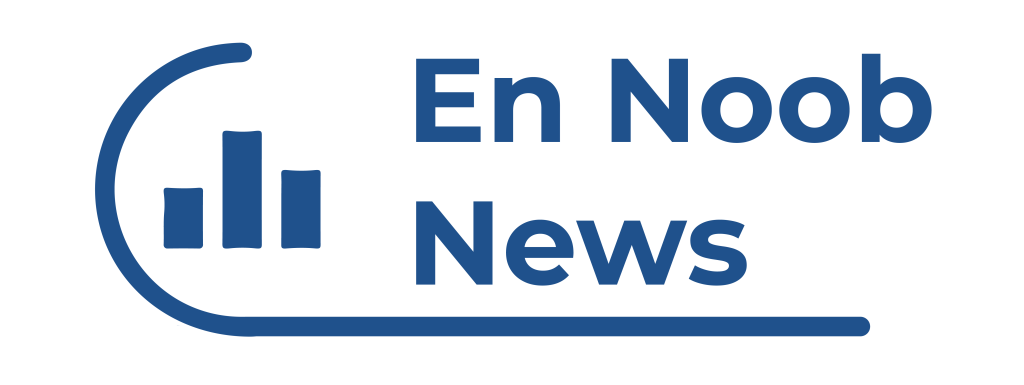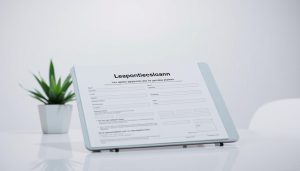Do you know why many people get rejected for loans? It’s often because they didn’t check if they qualify first. Knowing the loan eligibility criteria is key to getting through the application process smoothly.
This article will help you understand what lenders look for. By knowing these factors, you can avoid wasting time and reduce stress. You’ll also feel more confident when talking to lenders about your loan application.
Understanding Loan Eligibility Criteria
When you apply for a loan, there are key criteria lenders look at. They check your credit score, job history, and how much you earn. A good credit score means you’re more likely to get better loan terms.
Having a steady job is also important. Lenders like to see a consistent work history. This shows you’re financially stable. And, having a steady income means you can pay back the loan on time.
Knowing what lenders look for can help you prepare better. Understanding these criteria can make the application process smoother. It also increases your chances of getting the loan you need.
Key Factors in Loan Approval
Knowing what lenders look for in loan approval is key. Several factors play a big role in their decisions. Credit history is a top factor, showing if you can handle debt well.
The debt-to-income ratio is also important. It shows if you can take on more debt. Keeping this ratio low helps you qualify for loans.
For secured loans, collateral is a must. It helps lenders feel safer if you can’t pay back. Meeting these requirements boosts your chances of getting approved.
How to Know if You Qualify for a Loan
Figuring out if you qualify for a loan starts with checking your credit score. It’s key because lenders look at it to decide if you’re trustworthy. You can get free online credit reports from many banks to see where you stand.
Then, it’s important to know your financial health. Look at your income, monthly bills, and debts. Use online tools to figure out your debt-to-income ratio. This helps you see if you’re ready for a loan.
Looking at different loan options can also help. Each lender has its own rules. Some might accept people with lower credit scores or different income types.
Finally, talking to a financial advisor is smart. They can help boost your credit score and guide you through loan applications. This way, you’ll know for sure if you qualify for a loan.
Loan Qualification Requirements
Knowing what you need to qualify for a loan is key. Different loans, like personal, home, and auto loans, have their own rules. For instance, personal loans might ask for a credit score of about 600. Home loans usually need scores over 620 for better rates.
Lenders also look at how much you earn. Most loans want proof you have a steady income. They might check if your debt-to-income ratio is under 40%. This is important for getting your loan.
Having the right documents is crucial too. You’ll likely need to show pay stubs, tax returns, and other financial papers. Getting these ready ahead of time can make applying for a loan easier. Knowing what’s needed can help you get the loan you want.
Determining Loan Eligibility Based on Debt-to-Income Ratio
The debt-to-income ratio (DTI) is key in deciding if you can get a loan. To find your DTI, divide your monthly debt payments by your monthly income before taxes. This shows lenders if you can handle your monthly payments.
For instance, if you make $5,000 a month and pay $1,500 in debt, your DTI is 30%. Lenders look at this ratio to decide if you’re a good candidate for a loan.
Lenders have their own rules for DTI. They usually want it below 43%. But, some might accept higher ratios if your credit score is good or you have other assets. Knowing this helps you understand how your finances look to lenders.
Checking how much debt you have compared to your income is important. It affects your chances of getting a loan. Make sure your DTI meets lender standards to increase your loan approval chances.
Loan Assessment Criteria Explained
Loan assessment criteria are key for banks and financial institutions. They look at credit reports to see if an applicant is trustworthy. A good credit score can lead to better loan terms.
Lenders also check the loan-to-value ratio for secured loans. This ratio shows the risk of lending money compared to the property’s value. A lower ratio means the applicant might have a stronger financial standing.
Employment and income stability are also important. Lenders like applicants with steady jobs and income. This shows they can reliably pay back the loan. Knowing these criteria helps applicants make a stronger loan application.
Applying for Loan Pre-Approval
Getting loan pre-approval is a key step in the loan process. It shows how much you might get and proves you’re serious to lenders. To do well, start by collecting important documents like income proof, tax returns, and credit reports.
The first step is filling out a loan application. The lender will then check your financial info. They look at your credit, income, and debts to decide if you qualify.
It’s important to know the difference between pre-approval and pre-qualification. Pre-qualification is a rough guess based on what you say. Pre-approval, however, is a deeper check that lenders agree to. This makes you stronger in negotiations.
Gathering Necessary Documentation
Knowing what documents you need for a loan is key to a smooth process. Having the right papers ready can speed up approval. You’ll need to show your income and tax returns from the last few years.
Also, you must have a government ID to prove who you are. Lenders check this to make sure you’re the person applying. Bank statements and proof of work might also be needed. Getting all this ready ahead of time helps avoid delays.
🔔 Smart Borrowing: Tips for First-Time Loan Applicants
Common Mistakes to Avoid During the Loan Application Process
The loan application process can be tough, and making mistakes can hurt your chances. One big error is not checking your credit reports before applying. It’s important to review your credit history to fix any wrong information that could harm your application.
Another mistake is not having all the needed documents. You must have all the paperwork ready, as lenders need complete information to decide if you qualify. A checklist for qualifying for a loan can help you know what you need.
Not comparing different lenders is also a mistake. Some people take the first loan offer they get, missing out on better deals. Looking at offers from several lenders can help you find better rates and terms. By avoiding these mistakes, you can improve your chances of getting a loan.
Final Steps Before Applying for a Loan
Before starting the loan application, it’s important to take a few steps. First, review your credit report. This document shows your credit history, which affects your loan chances. Knowing your credit score helps spot any issues that might block your loan.
Then, make sure you have all needed documents. This includes proof of income, tax returns, and ID. Having these ready can make the application process smoother and avoid delays. Being prepared ahead of time makes the application easier.
Finally, talking to a financial advisor is a good idea. They can help understand loan options and find the best one for you. Taking these steps ensures you’re ready to apply and meet all the requirements.




